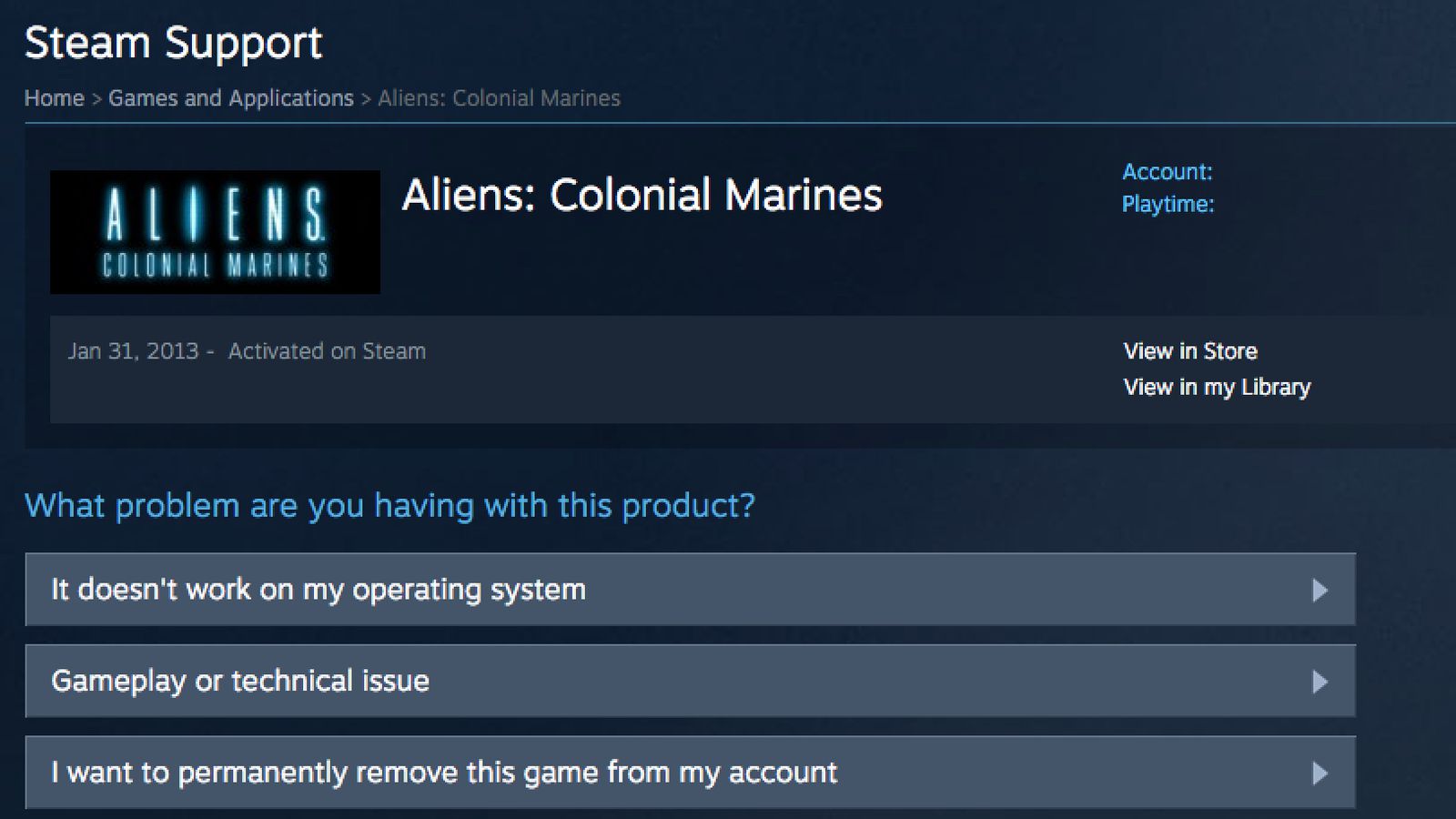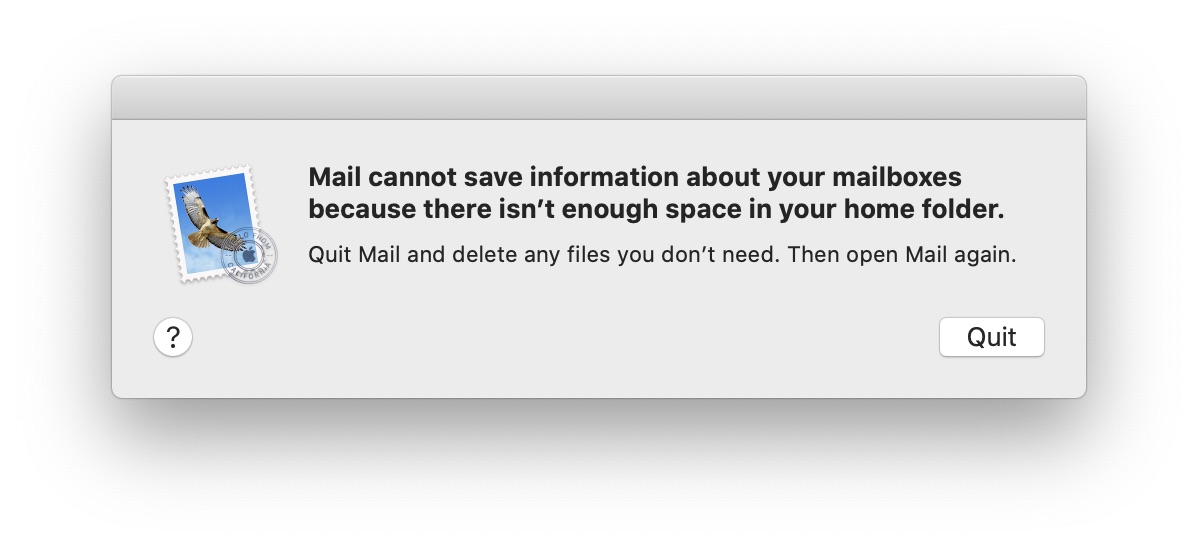Can I Delete Library Mail Mac
- Sep 27, 2019 In macOS Mojave, you can select the message, then click Move in the Mail toolbar to file the message into the suggested mailbox. Mail makes mailbox suggestions based on where you've filed similar messages in the past, so suggestions get better the.
- Feb 14, 2017 Unable to delete a sub-folder in Outlook2016 for Mac When I delete the sub folder, it goes away, but in a short time it comes back. I've tried deleting it and emptying the deleted folder but it always comes back. I have tried unsubscribing it in IMAP folders but it still won't let me delete.
Moving files in Mac OS X is not as simple as it was in Mac OS 9 days (prior to 2004, not to be confused with the 2013 released Mac OS X 10.9), and is different from Windows as well.
Jan 12, 2020 There's another way to access the hidden Library folder without having to make use of Terminal, which has the side effect of revealing every hidden file on your Mac. This method will only make the Library folder visible, and only for as long as you keep the Finder window for the Library folder open. Jul 19, 2017 For your personal information, you may want to right-click on the folder and check how much storage space it is taking. 3) Open the Mail Downloads folder. May 30, 2019 Despite the fact that Apple keeps the Mac Library folder hidden from users, it’s good to learn how to show the Library folder on Mac. You may need to access the Library folder when you need to clear cache, remove.
Before deleting or moving any files you are uncertain of, be sure to make at least two backups of your critical data.
Files with a period as a prefix (i.e. .profile, and .DS_Store), should not be renamed or moved. These are files that are otherwise invisible in Mac OS X and help Mac OS X manage the system itself.
Don't delete or move mach files that appear when you double click the hard disk icon.

User folders must have their name maintained if you expect to be able to use X again. So if you first setup your Mac OS X account on setup as JSmith, don't rename or move the JSmith folder from the Users folder. We'll assume your user folder here on in your Users folder is your JSmith folder for example purposes only.
Unix defines directories and subdirectories by /es. So when I say /Users/JSmith/Documents/, that means you double click hard drive, double click Users, Double click JSmith, and double click Documents folder to get there from Mac OS 9. In Mac OS X View by columns allows you to navigate folders by single clicking on them, but they maintain the same hierarchy.
Don't delete or move files within System and Library folders appearing when you first double click your hard disk. Don't delete or move .App files in your Applications folder, these are Mac OS X native applications.
Don't delete or move files in your /Users/JSmith/Documents or /Users/JSmith/Library folder. Be aware that by default Mac OS X may set itself to put your iTunes music in /Users/JSmith/Music though that can be changed in the preferences, and iPhoto in /Users/JSmith/Pictures/
You can freely move the contents of these files and folders about, though not necessarily their subfolders (unless you created the folder):
/Applications Mac OS 9 - though I would test to make sure the application works after moving it. If it doesn't then move it back.
Mac Mail Delete From Server
/Documents
/Users/JSmith/Library/Favorites/
/Users/JSmith/Movies
/Users/JSmith/Sites
/Users/JSmith/ (except its default subfolders)
Observing all these rules will prevent headaches in the future.
Find photo library on mac. You can export photos in the original file format in which they were imported into your Photos library. A Live Photo is exported as two separate files: a still image file and a video file. In the Photos app on your Mac, select the photos you want to export. Choose File Export Export Unmodified Original.
Additionally, you can safely delete Log files, but not the folders that own them. There is a nightly script that runs to delete them in Mac OS X as
long as you are in screen saver, but not always in Energy Saver, or they are deleted right after the machine wakes from sleep. The latter function could
explain the lag to wake from sleep. Those log files can be deleted if you are running low on space. But they could make it hard to troubleshoot issues that happened when they were last modified.
System Cache files should not be deleted unless your system is backed up, as they could impact the ability of programs to launch.
If you find you must access any of the Mac OS X only folders while in 9 or running an application in Classic, return to X, and quit Classic and repair permissions (links to Apple knowledgebase explaining how to repair permissions)
Note for Windows users: Mac OS X has two file locations that are nothing more than shortcuts. The translucent bar, known as the Dock, and the left Finder Window sidebar. That means do not assume when you drag to either location that a file is safely residing in some other folder, than the source folder you just dragged from. Unlike Windows, it is not! Also installer packages create virtual disks that dismount when you reboot. Those virtual disks contain folders that you sometimes have to drag to the hard drive Applications folder for them to be usable always. Otherwise you have to remount the image to get access to the application. Dragging the application from the image to the shortcut bar, or the Dock will NOT install it. Well packaged applications include their own installer proram to avoid this problem. If you drag to the Dock, expect it only to represent a shortcut to wherever you dragged it from. It is not safe deleting it from the source location if you want access to it again!
Mail User Guide
You can delete email messages that you don’t need anymore to help keep your mailboxes manageable, and to free up storage space on your Mac or on the mail server. Deleted messages are available until they’re permanently erased.
Delete an email
In the Mail app on your Mac, select a message.
Click the Delete button in the Mail toolbar or move the pointer over the message’s header, then click the Delete button that appears.
Tip: To prevent the next message in the list from being automatically selected (and marked as read), press and hold the Option key when you delete the message.
If you set the “Move discarded messages” option to Bin in Viewing preferences in Mail, you can delete a message by swiping left on the trackpad with two fingers or by moving the pointer over a Mail notification, then clicking Bin.
Delete multiple emails
In the Mail app on your Mac, select messages or conversations in the list.
All of the messages in a conversation will be deleted.
Click the Delete button in the Mail toolbar or press the Delete key.
If you delete a mailbox, all of the messages in the mailbox are deleted.
You can search for a set of messages to delete. For example, you can search for messages dated 1 August through 5 September, 2018 by entering “date:01/08/18-05/08/18” in the Mail search field. Or, search for messages from a specific person by entering a name in the search field. Then select and delete the found messages.
View deleted emails
Whether you can view and retrieve messages after you delete them depends on how you set options in Mail preferences.
In the Mail app on your Mac, choose Mail > Preferences, then click Accounts.
Select an account, click Mailbox Behaviours, then check the setting for the Bin Mailbox option.
If a mailbox is specified: You can view deleted messages in the Bin mailbox until they’re permanently erased. To retrieve a deleted message, drag it from the Bin mailbox to another mailbox.
If None is specified: Deleted messages are removed and aren’t available in the Bin mailbox.

Permanently delete emails
In the Mail app on your Mac, do one of the following:
Choose Mailbox > Erase Deleted Items, then choose an account.
In the Mail sidebar, Control-click a Bin mailbox, then choose Erase Deleted Items.
You can set the “Erase deleted messages” option in Mail preferences to have Mail permanently erase deleted messages for you at a specified time. See Change Mailbox Behaviours preferences.
If you mistakenly delete messages, just drag them out of the Trash mailbox to another mailbox. Or select them in the Bin mailbox, then choose Message > Move to > [mailbox].